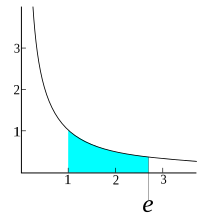
Photo from wikipedia
In this Letter, we theoretically study the topological plasmons in Su-Schrieffer-Heeger (SSH) model-based graphene nanoribbon (GNR) layers. We find that for the one-dimensional (1D) stacked case, only two topological modes… Click to show full abstract
In this Letter, we theoretically study the topological plasmons in Su-Schrieffer-Heeger (SSH) model-based graphene nanoribbon (GNR) layers. We find that for the one-dimensional (1D) stacked case, only two topological modes with the field localized in the top or bottom layer are predicted to exist by the Zak phase. When we further expand the stacked 1D GNR layers to two-dimensional (2D) arrays in the in-plane direction, the topology is then characterized by the 2D Zak phase, which predicts the emergence of three kinds of topological modes: topological edge, surface, and corner modes. For a 2D ribbon array with Nx × Ny units, there are 4(Ny - 1), 4(Nx - 1), and 4 topological edge, surface, and corner modes, and the field is highly localized at the edge/surface/corner ribbons. This work offers a platform to realize topological modes in GNRs and could be important for the design of topological photonic devices such as lasers and sensors.
Journal Title: Optics letters
Year Published: 2023
Link to full text (if available)
Share on Social Media: Sign Up to like & get
recommendations!